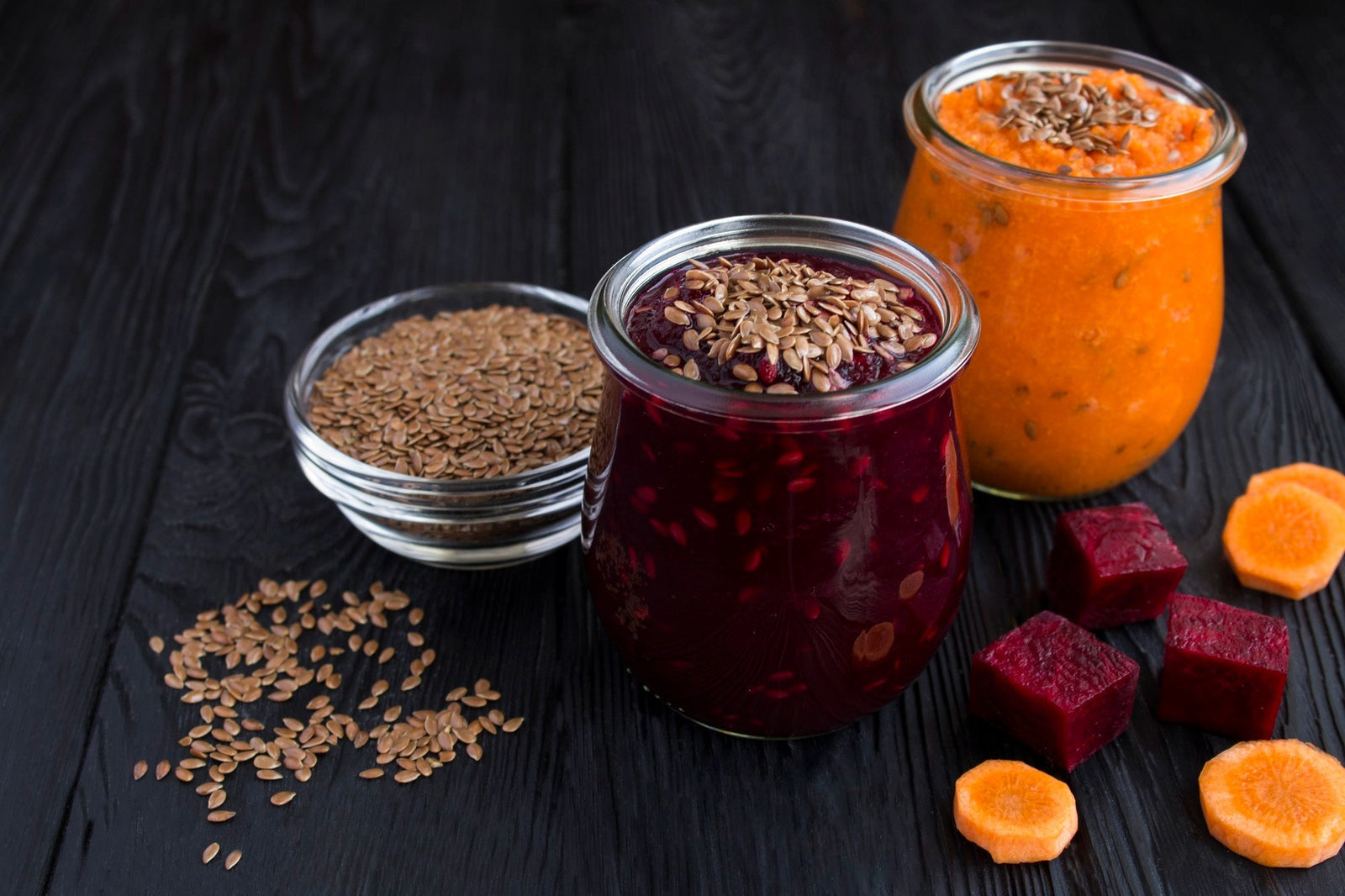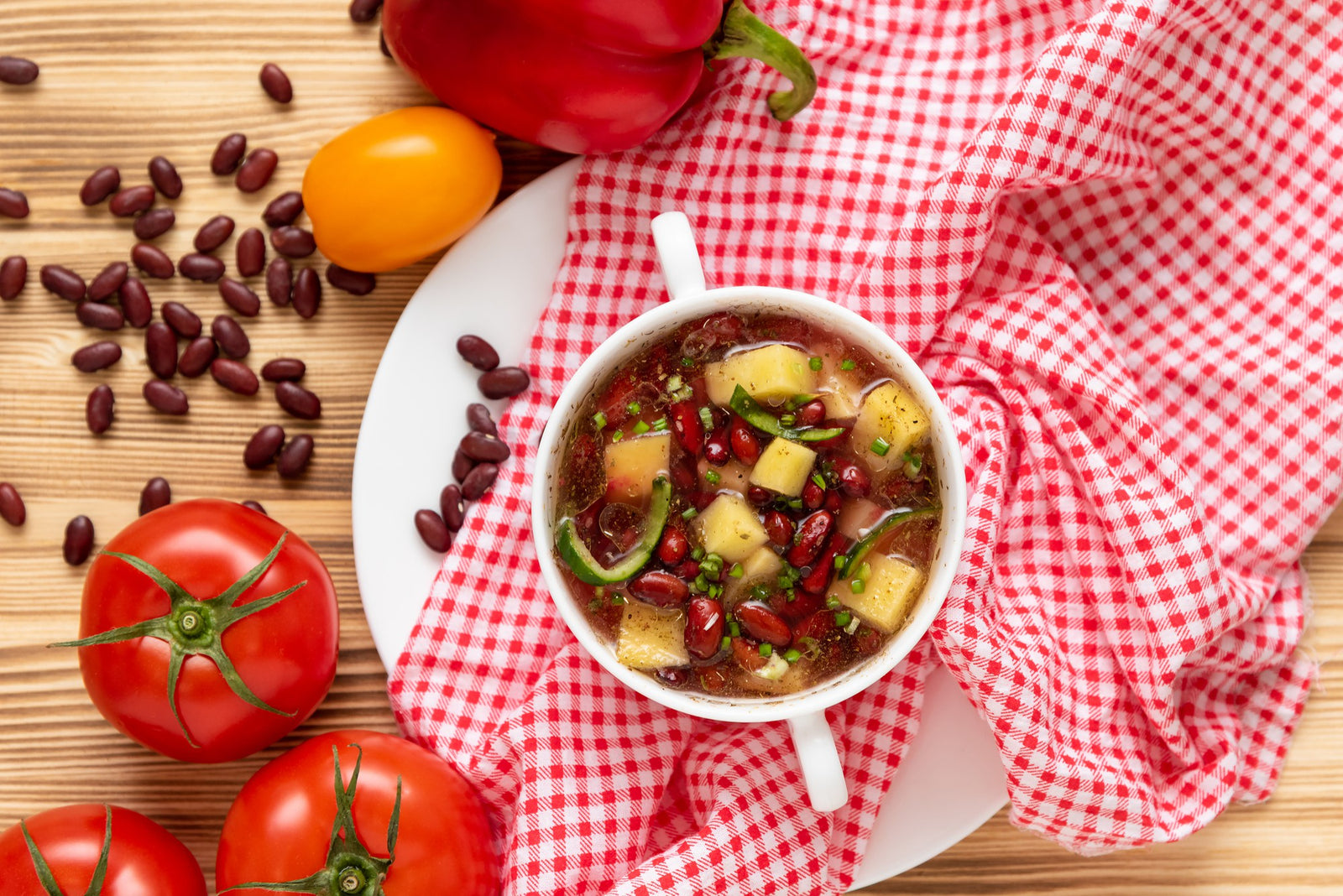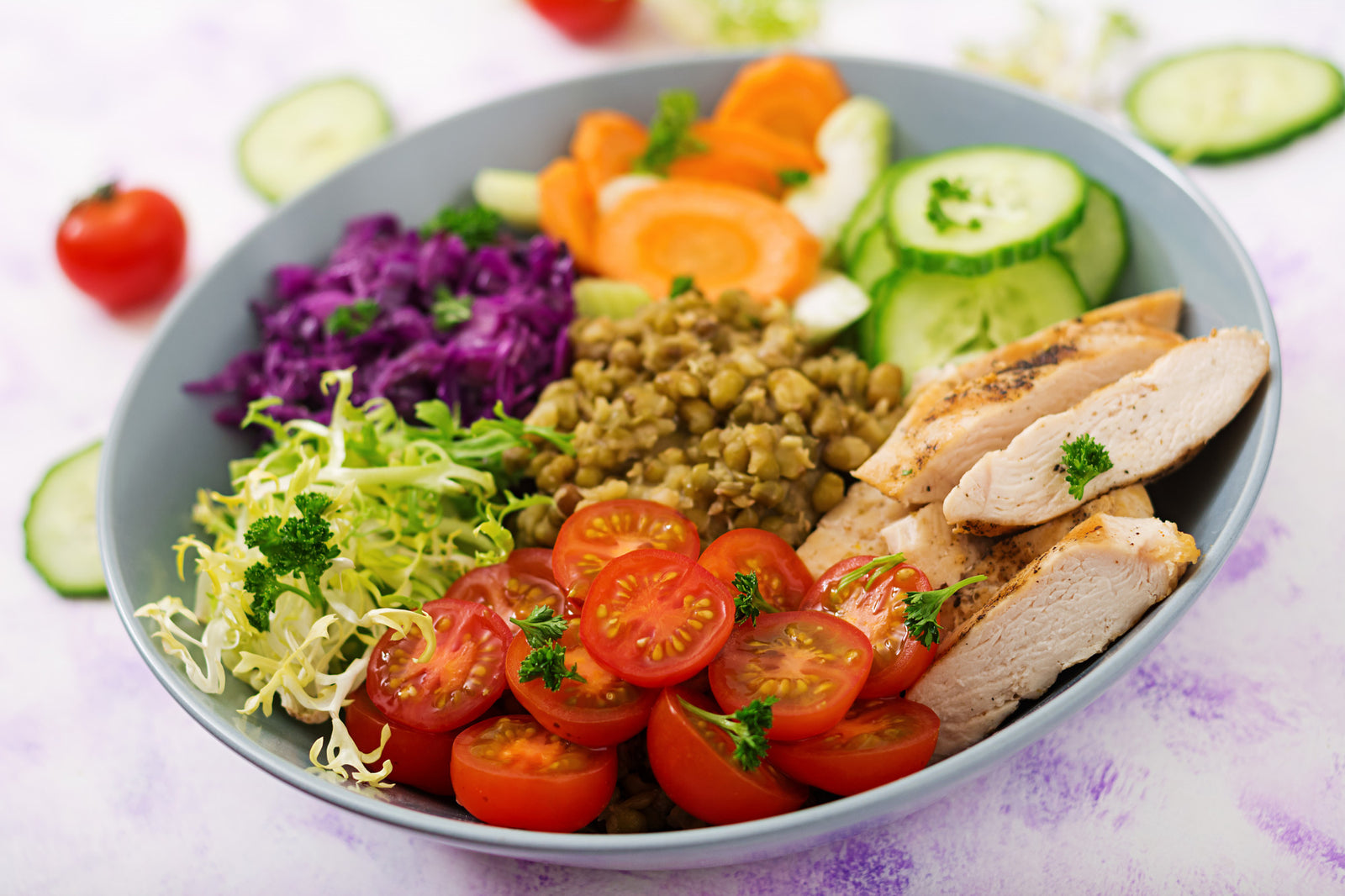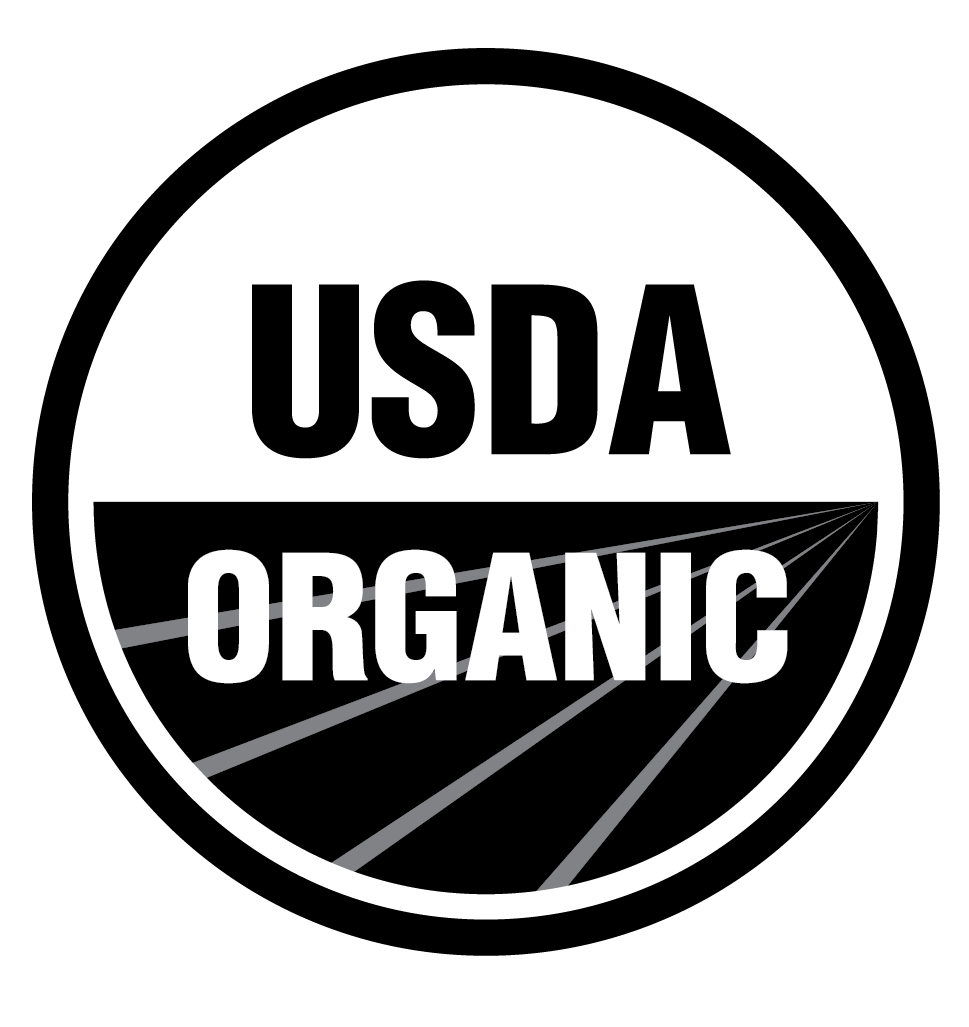
March 22, 2022 2 min read
Grinding your own grains is a simple process. Many of our products such as our wheat berries, corn, and coffee beans are used by grinding before use. In this blog, we will talk about some of the basics when it comes to grinding.
Equipment
There are several different options for mills depending on what you are grinding. Manual mills are simple and cost-effective, but they are also more difficult to work on harder grains. Food processors work for softer things like oats, but won't work to make a fine consistency of flour, and you may experience clumps. Electric grinders are super useful tools that can cut down on your grinding time significantly, and can spare you the headache of having to grind by hand.
When choosing your equipment, it is important to keep in mind what kind of grind you are looking for. If you want a more coarse grind, like for coffee beans or cornmeal, a manual grinder will do the trick. If you are wanting a flour consistency, an electric grinder will produce a better quality grind. You can also use a manual grinder to grind flour, but you may have to run it through a few times to ensure there are no clumps
In some cases, you might need a specific consistency grind for your product. For instance, our coffee beans. Coffee beans may need a specific consistency grind depending on your preferred style of brewing. Grinding the beans fresh before you brew adds more flavor to your drink than buying already ground coffee. Ground coffee loses flavor the longer it is exposed to oxygen, so the fresher the better.
Our dried corn can be used to make corn flour or cornmeal. These are two very different consistencies of grind. Cornmeal is what is used to make cornbread and grits, so it is a coarse grind. Using a handheld grinder will help you to make sure you don't over-grind your cornmeal. When you are wanting a flour consistency, any electric grinder will do the trick.
Thanks for reading this Be Still Farms Blog article. To sign up for more news/articles and/or recipes, click here. For more about us, click here. To shop our certified organic products, click here.
Please comment and share and we look forward to serving you in the future!
Comments will be approved before showing up.

January 27, 2025 3 min read
Flaxseed, the tiny yet powerful superfood, is packed with nutrients that can support weight loss. From curbing hunger to stabilizing blood sugar, this guide dives into the science of how flaxseed can help you shed those extra pounds.

December 11, 2024 3 min read
Discover three quick and easy soup recipes featuring organic small red beans. From a classic vegetable soup to a creamy potato blend, these wholesome recipes are perfect for chilly days and busy weeknights. Packed with flavor and nutrition, these soups will warm your heart and soul this winter!

December 06, 2024 3 min read
This vibrant and nutritious Green Lentil Salad combines tender lentils with grilled chicken, fresh vegetables, and a zesty lemon dressing. Packed with protein, fiber, and essential vitamins, it’s the perfect healthy meal for any time of day.
© 2025 Be Still Farms- Real, Fine Organics.
Privacy | Terms | Refund Policy | Organic Certification
